Japan-UK-Italy Project
Among the three types of fighter jets currently operated by the Japan Air Self-Defense Force (JASDF), the semi-domestic F-2 fighter is expected to start its decommission in 2035.
Due to the past experience of caving in to US pressure and forfeiting the idea of a Made-In-Japan fighter in the 1980s, Japan has sought for domestic development, or at least obtaining a leading role for its next generation fighter program.
The so-called “F-3” program, the quest to replace the aging F-2, was initially to be developed by Mitsubishi Heavy Industries, assisted by Lockheed Martin in some technological aspects.
However, the plan took a dramatic turn in 2022, when it was announced that Japan would joint development the next stealth fighter with the United Kingdom and Italy under the “Global Combat Air Program (GCAP).”
This was primarily due to Japan and the US disagreeing over the project’s timeline. Although both countries agreed on the necessity of a next-gen fighter, their thoughts on the specific timing seemed to have misaligned, with Japan seeking a much earlier schedule to counter the growing Chinese airpower.
Upon such setback, Japan turned its attention to the UK, which at the time was proceeding with its own “Tempest” program. Soon after, Italy joined the club as it was also exploring the possibility of a next-gen stealth fighter.
So, why did Japan choose the UK and Italy, whom were certainly “friends” in the general sense, but total strangers when it came to joint development?
First of all, the recent two decades have seen the UK become Japan’s most important European partner in terms of security, often being referred to as a “quasi-alliance.”
With its particularly strong interest towards the Asia-Pacific and considerable commitment, including the dispatch of its carrier fleet, the UK is now deemed as one of Tokyo’s best security partner, alongside the US and Australia.
Not only will joint development through GCAP further solidify the bilateral relations, but it also offers Japan a more flexible and equal partnership compared to the constraints usually found in its joint venture with the US.
Hence, it was almost natural for Japan to select UK as its next partner in line.
If so, then what about Italy?
To be frank, the security relationship between Japan and Italy is not exceptionally “strong” per se.
However, Japan well acknowledges the sophisticated technology of Italian weapons, especially in the aviation sector, and JASDF even dispatches its cadets to the Italian air force for pilot training.
It is exactly such aviation expertise of the Italians, which Japan both highly regards and expects to be contribute to the GCAP project.
Future Concerns And New Members
At the moment, Mitsubishi Heavy Industries, British BAE Systems, and Italy’s Leonardo are scheduled to participate in the GCAP project, and the first batch of fighters are schedule to deploy around 2035.
It is worth highlighting that while the US is not an official project member, it will continue to cooperate in certain areas such as information sharing capabilities.
As the US recognizes its relative decline against China, Washington is encouraging its allies to enhance their own defense, and the GCAP project is welcomed as one such effort.
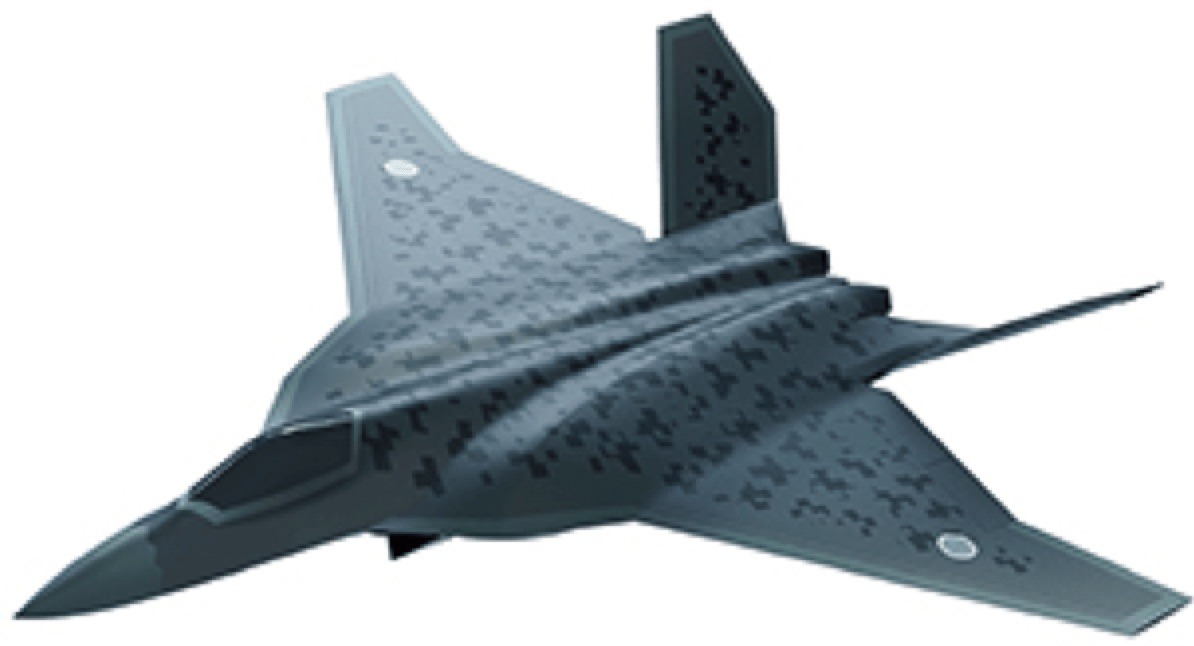 Concept image of the next-gen fighter (photo: JASDF)
Concept image of the next-gen fighter (photo: JASDF)
If there is any concern regarding the project, the foremost would be the risk of cost overruns, something that is quite common with the recent high-tech weapons.
Of course, the trilateral development is aimed to not only reflect the technological advantages of each participant, but also reduce the overall cost through burden sharing.
That being said, from it would be favorable to expand the club in order to disperse the cost sharing.
Accordingly, UK and Italy are both open to the idea of welcoming Saudi Arabia as the fourth member to the GCAP alliance, but Japan has actually opposed this move.
Tokyo’s explanation revolves around its concern towards significant project delays, as further participants would likely complicate the project structure and make coordination more difficult.
But, there seems to be more in explaining such reluctance.
While it is no secret that Japan relies well over 90% of its imported oil on the Middle East, the country has strived to maintain friendly relations with virtually every state in the region.
In other words, Tokyo does not want any part in Middle Eastern politics as it would upset the stable flow of oil one way or another.
If Saudi Arabia were to acquire a next-gen stealth fighter through the GCAP project, it would not only shake the regional military balance, but the ramifications may extend to Japan’s reputation as well, especially regarding Iran.
How would it appear in the eyes of Iran, a country that maintained amicable relations despite being on opposite camps, if Japan worked with Saudi Arabia on developing a highly capable stealth fighter?
Also fueled by the uneasiness of accepting a member that does not share fundamental values, particularly regarding human rights, the prospect of Japan nodding its head seems to be quite low.
What To Expect
As Japan awaits the next-gen fighter, with a minimum of 90 units planned for JASDF, most of the attention have been allocated to its stealth capability.
Sure, the GCAP project is expected to produce one of the finest stealth fighters, but the program aims to achieve air dominance by featuring a highly advanced network capability.
This refers to the ability of integrating sophisticated sensor systems and coordinating with multiple assets across various domains.
Whereas conventional fighters have primarily focused on engaging the enemy on their own, the envisioned role for the next-gen fighter is to utilize other friendly aircrafts and drones for team combat.
For instance, lets say there is a team of two fighters, “α” and “β” respectively.
Upon α detecting a target, it immediately shares the information with β, which in turn will launch a missile using the received data. The missile fired from β will then be guided by α instead, demonstrating an unprecedented “team play” approach.
Ground-based radars and surface vessels can also be connected to the next-gen fighter, making its role in combat equivalent to that of a ” team captain.”

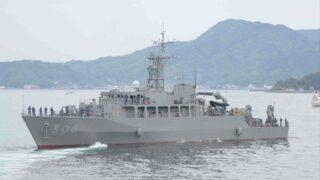
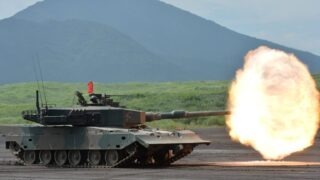
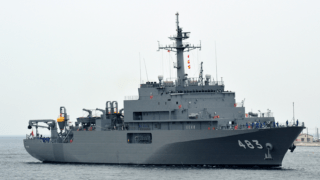

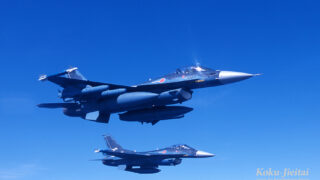
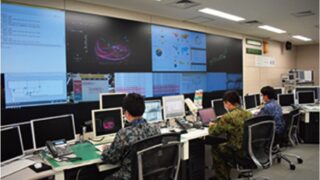
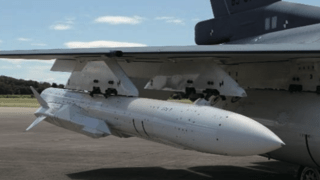
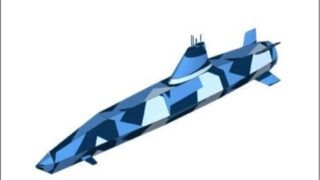


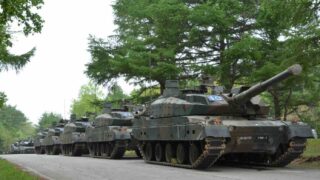

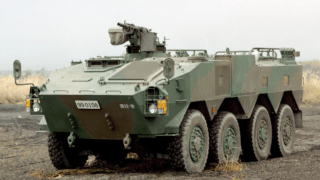
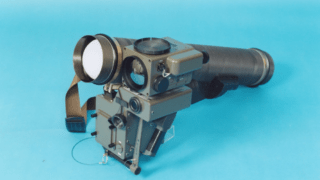
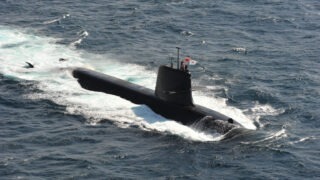
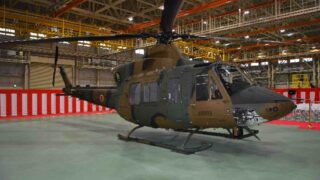
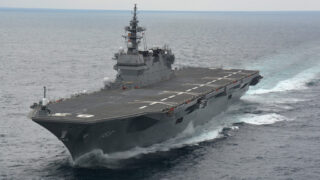

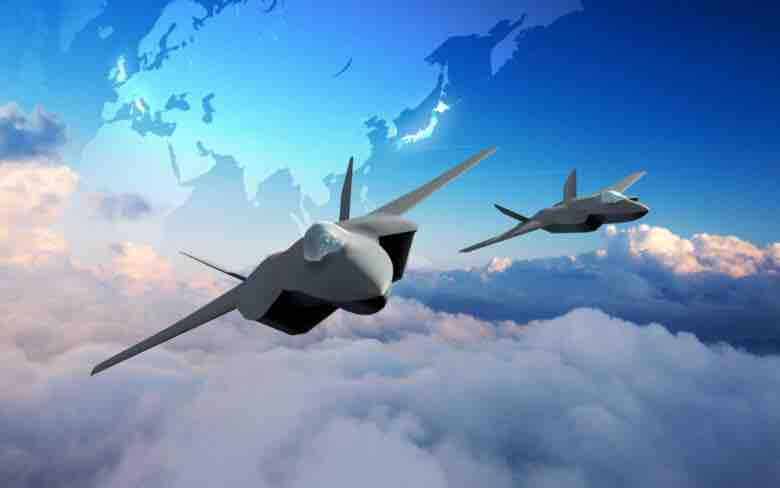
Comments